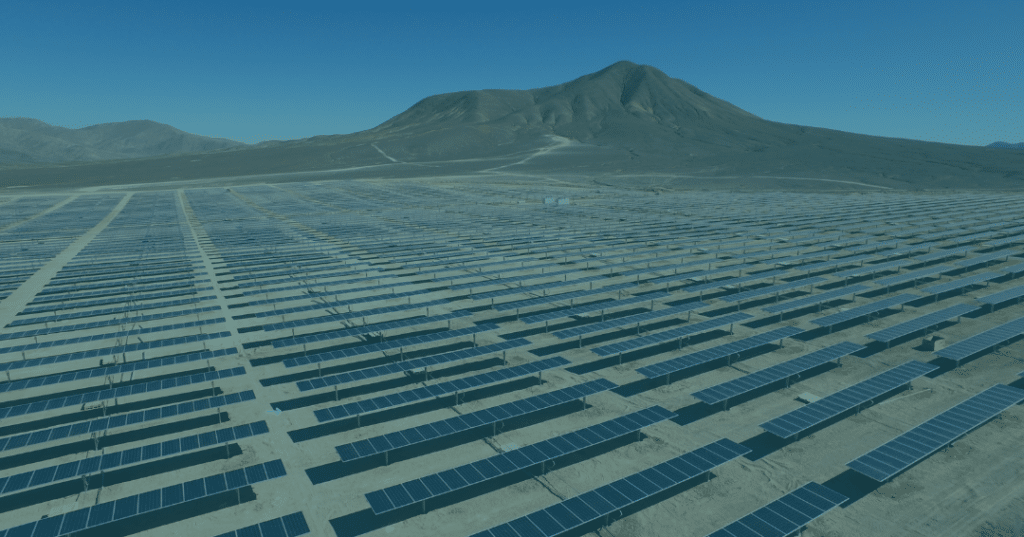Climate technology is evolving rapidly, and so is the media coverage surrounding it. Our analysis of the past year’s reporting reveals clear trends in what’s gaining traction and what’s losing steam. Understanding these shifts is crucial for anyone working in or communicating about the climate tech sector. The kinds of announcements and perspectives that were getting climate and energy sector-focused journalists’ attention even just a few months ago may not break through today.
Here’s our breakdown of what’s tired and what’s wired in climate tech stories.
Tired
Generic Renewable Energy Stories: While renewable energy still accounts for 22% of climate tech coverage in recent months, stories about solar and wind projects are trending down. It’s not enough to simply announce a new project. Media outlets are seeking more nuanced angles. News about government funding for such projects still tends to stand out, however.
Isolated Tech Announcements: Standalone announcements about new climate technologies without broader context continue to decline. Our data shows a 15% decrease in such stories over the past 12 months. Media outlets look for stories that connect innovations to larger industry trends or societal impacts. Notably, we are seeing an uptick in stories about nuclear energy, thanks in no small part to news from Amazon about investing in the technology.
Vague Net-Zero Pledges: Companies making broad, unsubstantiated claims about achieving net-zero emissions are finding it increasingly difficult to gain traction. Journalists are demanding concrete plans and measurable progress, with critical or cautionary coverage increasing over the year. Interestingly, stories about “greenhushing” – the act of talking about climate commitments less – are trending up.
Wired
The Convergence of AI and Climate Tech: The intersection of artificial intelligence and climate solutions is booming. We saw a 40% increase in articles covering AI applications over the past year – this included the use of AI in climate technologies, as well as the impact of AI on energy usage, given the electricity demands of data centers.
Localized Climate Solutions: We found a significant uptick in coverage of city and state-level climate tech implementations. Stories about regional climate tech hubs doubled in the second half of the year.
Carbon Capture: Direct Air Capture (DAC) has become a central topic, with mentions increasing by nearly 40%. The world’s largest DAC facility going online in Iceland made headlines, as did a $550 million investment by Blackrock in a Texas DAC plant.
Green Hydrogen: This technology has gained significant traction, becoming the second most mentioned technology at 20% of coverage, up from 12% in the early part of the period we assessed.
Climate Resilience Technologies: With extreme weather events making headlines, the focus on adaptation technologies has increased. Coverage of resilient building materials and smart city technologies grew by 30% over the year.
Workforce Development: Stories about training programs and educational initiatives to build a skilled climate tech workforce doubled toward the end of our analysis. Journalists appear to be interested in where the future talent will come from, as well as what kinds of existing roles and skills translate well to sustainability work.
Our Advice
Understanding these trends is crucial for B2B companies in the climate tech space. It’s not just about having innovative technology; it’s about knowing how to position your story in a way that resonates with current media interests.
Our analysis shows that trade media accounts for 60% of climate tech coverage, focusing more on technical innovations, strategic partnerships and industry events. National business media tend to lean towards economic impacts and market trends. For climate tech leaders, it’s important to have a perspective on big-picture topics like regulation, legislation, economic impacts – state, federal and even international, given the ripple effects of climate regulations in the European Union, for example.
- Media are primarily interested in how technologies fit into the broader picture of climate change mitigation and adaptation. Be prepared to discuss your innovation’s wider implications and real-world applications.
- With the increase in coverage of operational projects, there’s a clear preference for stories that demonstrate tangible progress. Case studies and measurable results are more compelling than future projections.
- Look for opportunities to connect your company’s work with major government investments and climate policies.
- What’s your AI story? With the rapid growth in AI-related climate tech coverage, consider how you can incorporate AI into your company’s narrative.
As a B2B PR agency focused on SaaS and technology companies, we help our clients develop narratives that journalists are interested in, across trade and national media outlets. So, if you have a “wired” story to tell in climate technology, get in touch!

